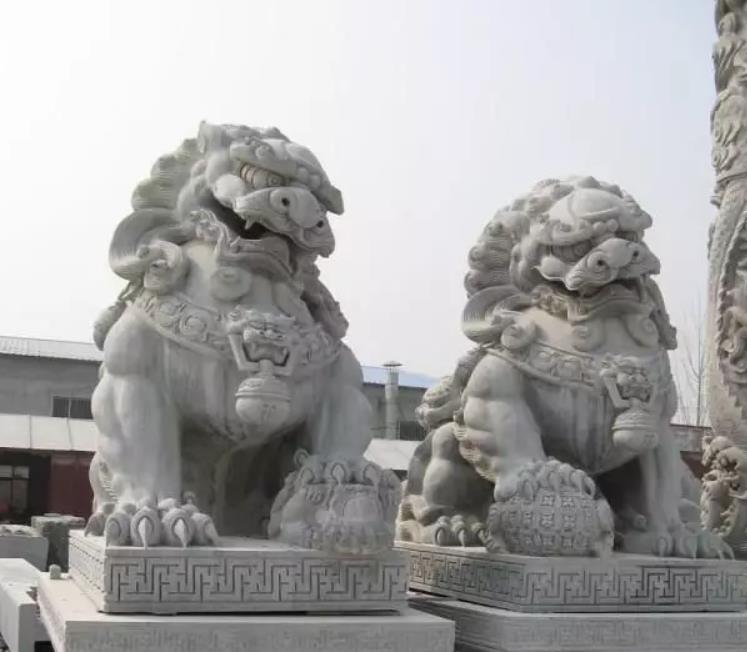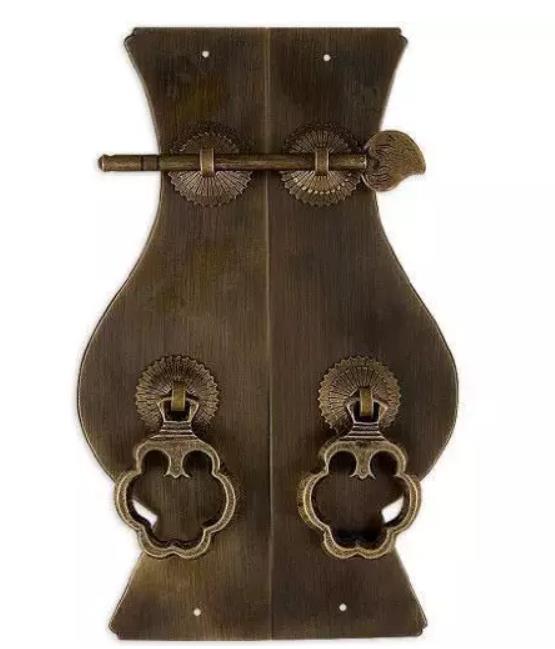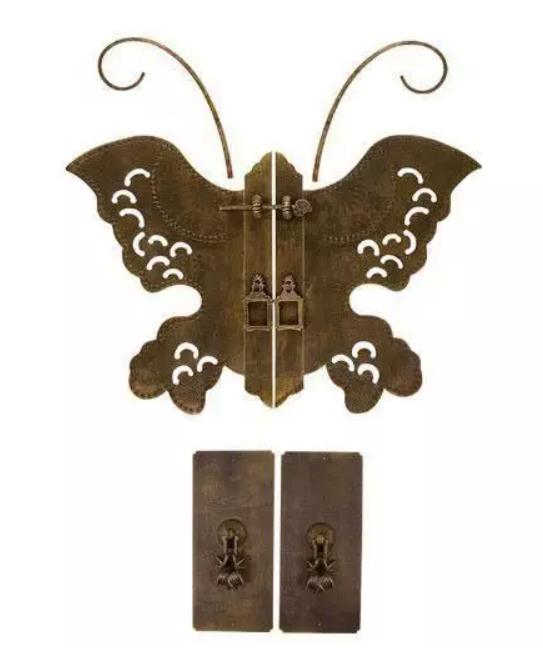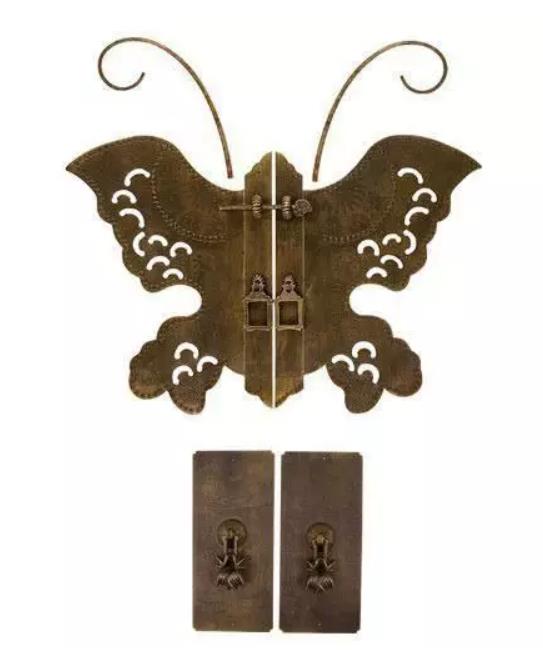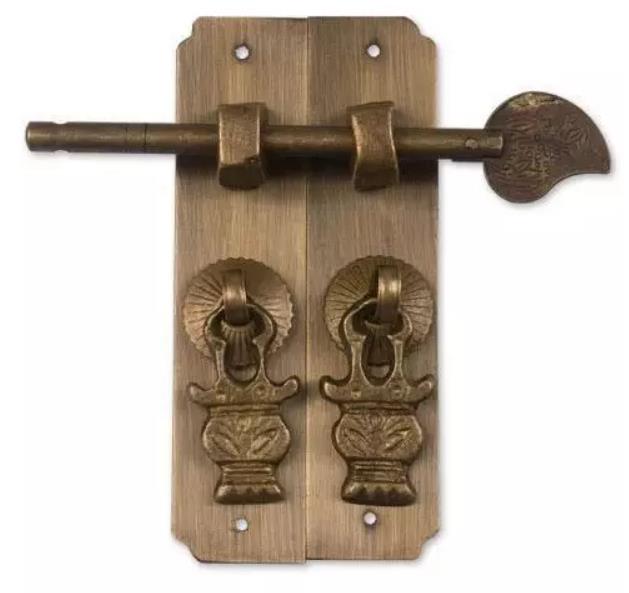Chinese people love "luck" and have a special awe and interest in "luck". Therefore, they always carry this expectation of "luck" through some specific utensils, such as the high sesame season and more than one year. Behind all reflect the imagination of good luck and good luck. Especially in ancient China, the casual objects in the home may all symbolize the wish for blessing, happiness, and happiness. Extending to furniture, the ancients also made many allegations about furniture, among which hardware accessories are one of the typical. According to the records, the hardware accessories of Chinese classical furniture usually refer to hinges, corners, face pages, handles, handles, buttons, hang tags Metals such as rings, crickets, eye money, and tempo, such as copper, gold, and silver. In ancient China, most of the hardware accessories were derived from myths, homonyms, and animal shapes. Then, based on these themes, the hardware accessories were given a new meaning, combined with the craftsman ’s own imagination, to create a metal suitable for furniture Accessories. According to statistics, there are ten types of common traditional hardware accessories: 1. The flower basket , one of the dark eight immortals, is a blue pick and a treasure held by it, which means "there is no extraordinary product in the flower basket". 2. Gourd , also known as thin gourd , pot gourd, gourd, etc., is also one of the dark eight immortals. The gourd vines are spreading, and there are many seeds and grains, so they are regarded as the mascots of all generations. 3. Butterflies , which are often depicted in ancient poems, such as: "Nianrui Huahua Huahua Huanhua, Chunrong butterfly dance bird companion". Therefore, the butterfly is also used to refer to the spring in the decoration, or as a mascot to express the beauty. 4. Bat , the homonym of "bat" and "fu", refers exclusively to happiness in auspicious terms, and the meaning of bat's flying is "blessing", hoping that happiness will fall from the sky like a bat. 5. The bottle comes from the sound of the bottle character. "Bottle" and "Ping" are homophonic, and take the meaning of "peace". 6. Ruyi refers to a kind of utensil, the handle end is shaped like a finger, and the ends of the wishful shape in the pattern are mostly heart-shaped, ganoderma-shaped, or cloud-shaped. In Chinese classical furniture hardware accessories, it is mainly expressed as Ruyi shaped noodles, Ruyi shaped beats, Ruyi shaped noodles, Ruyi shaped wrap angles, etc. 7. Yu , "fish" and "yu" are homophonic, "yu" can be extended to "wealthy", "ji (hit) Qing (Qing) Youyu (fish)" "hit" and "ji" homophonic, "Qing" It has the same rhyme as "Qing", "Fish" and "Yu", so it has the auspicious meaning of a good life and more than one year after year.  8. Qian Wen , "money" and "qian" have the same sound, ancient money has holes, meaning "in front of". Qian was also called a fountain in ancient times. "Quan" and "Quan" have the same sound. Two pieces of ancient money imply "Shuangquan", and ten pieces mean "Shiquan". 9. Chinese character pattern , the Chinese national culture is based on the same origin of calligraphy and painting, and the Chinese character pictogram is the text, which forms a character pattern. The words "Fu", "Lu", "Shou" and "Xi" are the most common forms and can show a distinctive decorative effect. 10. Reverse pattern , that is, "return" pattern decoration, the pattern is a pattern formed by surrounding a square as a center with square corners outward. Cas 61790 59 8,Octadecyl Amine Acetate,C18 Primary Amine Acetate,Hydrogenated Tallow Amine Acetate Sichuan Tianyu Oleochemical Co., Ltd , https://www.sclthoil.com
